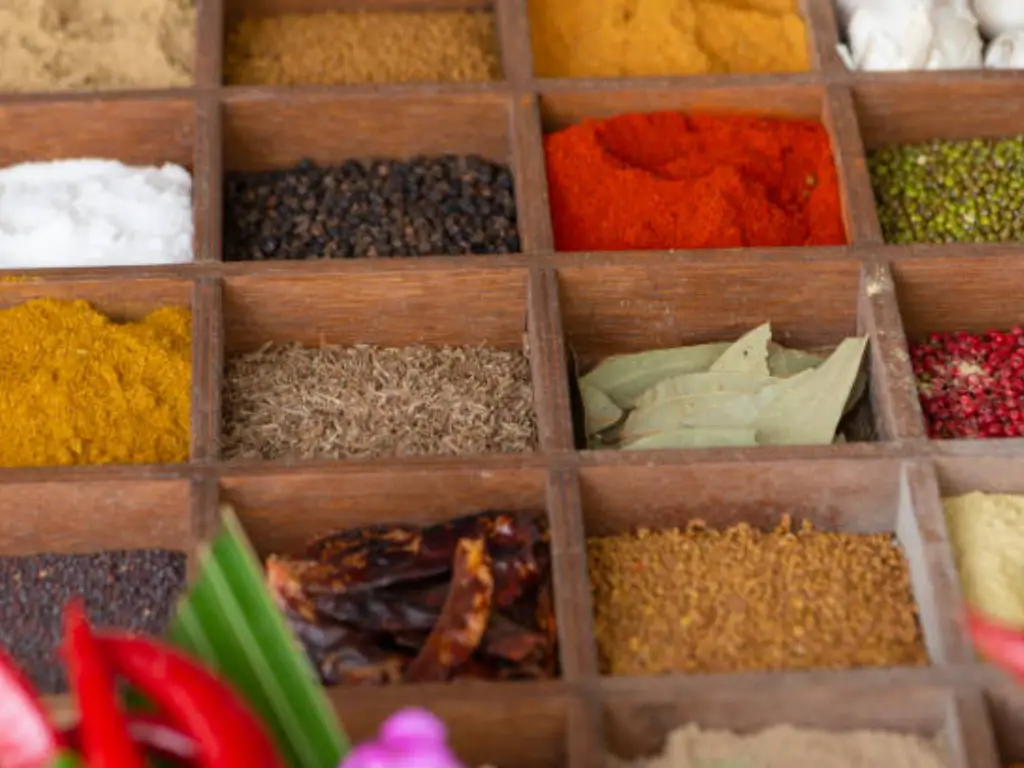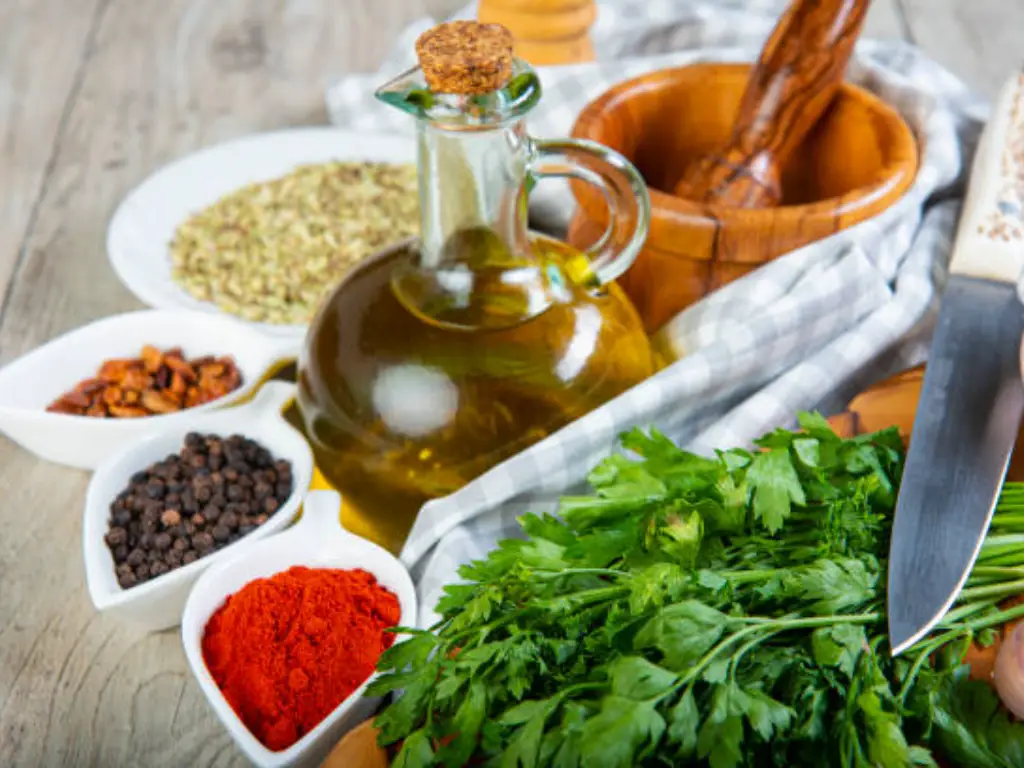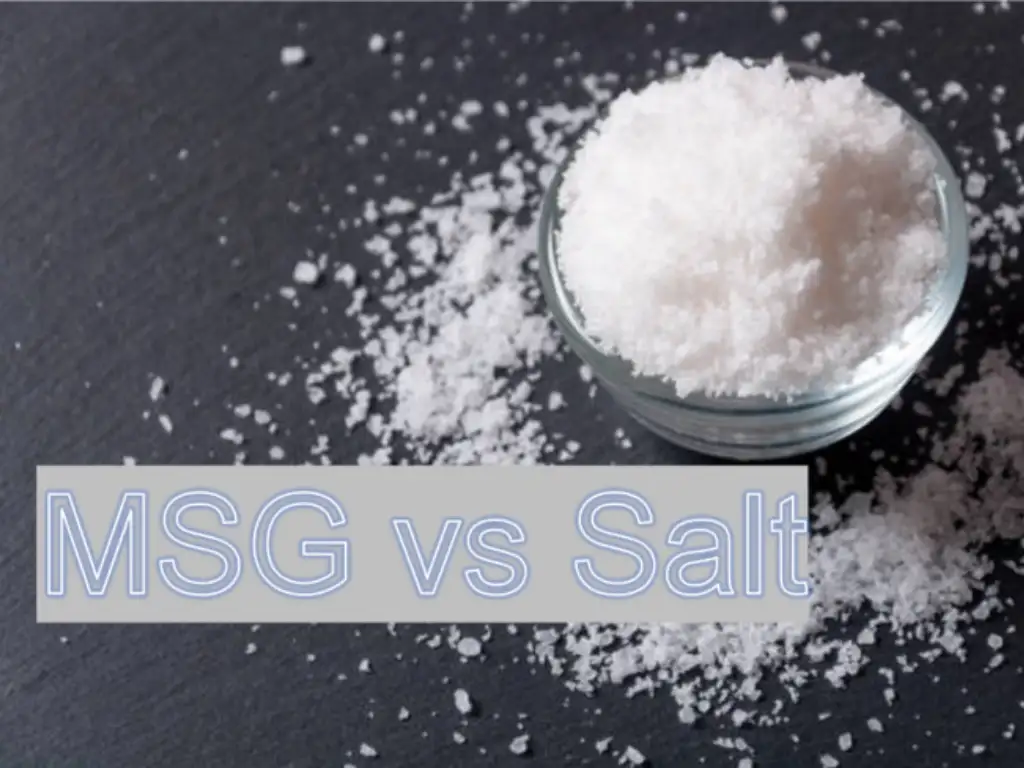- From Field to Flavor: How Are Spices Made - February 18, 2024
- Preserving Flavor: Do Seasonings Expire? - February 18, 2024
- Health Trends Impacting the Spices and Seasonings Market - February 18, 2024
Introduction to Culinary Flavors
Within the expansive realm of global gastronomy, an array of dishes reflect the intricate tapestry of the cultures from which they originate. Each dish’s unique sensory characteristics are underscored by two quintessential components: spices and seasonings. Although frequently associated as culinary kindred in myriad gastronomic practices, each possesses distinctive qualities that set them apart.
Spices, which singularly encompass an individual spice’s intrinsic flavor profile, act as virtuosos within the symphonic ensemble of cooking. Consider cinnamon, an archetypical exemplar, deployed individually to confer its characteristic sweet and enchanting warmth upon culinary creations. Alternatively, black pepper, a ubiquitous aromatic in the kitchen larder, imparts a robust, penetrative intensity to dishes. Ginger, esteemed for its zesty yet delicately sweet aroma, contributes a nuanced amalgamation of both piquancy and olfactory rapture, thereby elevating a dish’s comprehensive allure. Nutmeg, with its refined and subtly sweet, oleaginous essence, is versatile, enriching the organoleptic qualities of both sweet confections and savory masterpieces.
An amalgamation of these spices, devoid of any extraneous additives, weaves an intricate mosaic of flavors, with each spice executing a pivotal function in the culinary flavor spectrum. Their potency resides in their transformative capacity, refining a dish’s taste and fragrance and thus rendering them indispensable to chefs and gourmands across the globe. Acumen in these elemental aromatic principles is imperative for any gastronomic professional, as they serve as the cornerstone of fashioning repasts that not only satiate but also captivate the senses. To achieve such culinary excellence, it’s crucial to source your ingredients from reputable Spice and Seasoning Companies that guarantee quality and flavor.
Defining Spices: Nature’s Flavor Enhancers
The Various Sources of Spices


Journeying through the verdant, leafy paths of nature’s apothecary, one can find an astonishing variety of spices, each bestowed with their own flair to titillate the taste buds. From fragrant buds like cloves to the earthy seeds of coriander, spices are derived from nearly every part of the plant: seeds, barks, roots, and even the delicate leafy part.
Take cinnamon, for instance, a beloved bark that rolls into quills and promises both sweet and woody notes. Or cardamom, the mystical pods that house tiny seeds bursting with fragrant oils. Each of these are whole spices, little nuggets of flavor that, when blended or used singularly, become transformative.
Historical Significance of Spices in Cuisine
Reflecting on history, we find that spices are not mere culinary afterthoughts but have painted the narrative of our past. The quest for these treasures has charted ancient trade routes and even altered the maps of empires. The sweet allure of nutmeg and the spicy kick of black pepper have shaped economies, while garam masala and Italian seasoning tell tales of cultural fusion and gastronomic ingenuity. The historical significance of spices carries whispers of distant lands, tales of exploration, and the fusion of cultures.
The Role of Spices in Health and Wellness


In the sophisticated domain of culinary artistry, spices transcend their role as mere gustatory enhancers, emerging as pivotal contributors to health and wellness. Celebrated for their therapeutic attributes, spices such as turmeric, cinnamon, cumin, and cardamom have been revered across diverse cultures for their medicinal virtues.
Turmeric, a radiant constituent of the plant, is lauded for its anti-inflammatory attributes and its potential to augment cerebral functions. Research indicates that its active ingredient, curcumin, may mitigate the risks associated with cardiovascular maladies and neurodegenerative conditions like Alzheimer’s (Source: Healthline). Conversely, cinnamon is recognized for its capacity to modulate glycemic indices and its potent antioxidant properties. Cumin, integral in marinades and garam masala, is esteemed for its digestive benefits and immunological enhancement, while cardamom is renowned for its diuretic effects and its proficiency in respiratory improvement.
Incorporating these individual spices into a balanced diet extends beyond culinary predilections; it embodies a commitment to the profound flavor profiles and the extensive health benefits they contribute. The inclusion of cumin seeds in a dish or the infusion of ginger in a marinade enriches the gastronomic experience while simultaneously fostering nutritional wellbeing. This harmonious blend of art and health elevates ordinary ingredients, encapsulating the essence of a nourishing culinary philosophy.
Defining Seasonings: The Art of Flavor Combinations
Components of Seasoning Blends


Seasonings, my dear readers, are the harmonious ensembles, the skillfully conducted orchestras of the flavor world, comprising a medley of ingredients. Think of Italian seasoning, a blend of oregano, basil, and rosemary that sings of Mediterranean summers. Or garam masala, where cumin, cardamom, and cinnamon unify into a warm, aromatic embrace.
In these blends, part of the plant doesn’t center stage alone; rather, it joins with others, contributing to a collective persona. Leafy herbs like parsley and cilantro meld with ground cumin seeds or paprika to form a seasoning tapestry, each thread enhancing the next. Even vinegar, with its sharp tang, can serve as a liquid ode to seasoning when used in marinades and dressings.
Common Seasoning Blends Around the World
From the herb gardens of Provence to the bustling streets of Mexico City, seasoning blends are as diverse as the cultures they hail from. Pesto, that verdant Italian concoction of basil, garlic, and pine nuts, offers a fresh contrast to the fiery masala mixes that define many Indian curries. Cajun seasoning, a spirited mix with paprika and cayenne, breathes life into meats and stews. Each combination, a well-traveled raconteur, tells a story, shares a tradition, and imparts its own regional signature on the dishes it graces. The seasoning and spices within these blends reflect not only a flavor profile but embody the very essence of a place and its people.
Seasonings and Their Impact on Food Texture and Color
How Seasonings Can Transform a Dish


Let’s not forget, dear reader, the artistry in cuisine extends beyond the mere pleasure of taste and the whiff of sweet aromas—it’s also a pleasure for the eyes and a delight in texture. A sprinkle of paprika lends a delightful blush to creamy sauces, while mustard seeds can offer a pleasant pop between the teeth. Seasoning blends, with their grained, leafed, or even powdered forms, contribute to the final complexion and feel of a dish.
Visual and Textural Elements Provided by Seasonings
Take, for example, the seasoning known as herbes de Provence, which speckles roasts with hues of green and hints of purple, or the rustic touch of a dill and fennel sprinkle, elevating a simple fish to a visually enticing meal. It is in the artful dusting, the careful scattering, and the thoughtful layering of these elements that one can find chefs—at home or professional—casting their spells over their culinary creations.
| Aspect | Spices | Seasonings |
| Composition | Single, pure ingredient | Blend of multiple spices and/or herbs |
| Flavor Profile | Strong, distinct | Harmonious, balanced |
| Usage in Cooking | Used alone for distinct flavor | Used to bring a combined flavor |
| Best For | Highlighting a specific taste or aroma | Creating a complex flavor profile |
| Examples | Turmeric, Ginger, Cumin Seeds | Garam Masala, Poultry Seasoning |
| Storage | Best as whole spices for longer shelf life | Pre-mixed, keep away from heat and moisture |
Conclusion: Elevating Dishes with the Right Flavors
Understanding the diverse world of spices and seasonings can transform your culinary creations. Additionally, grasping the current trends in the Spices and Seasonings Market can provide insights into popular flavors and industry standards. As we draw the curtain on our flavorful exploration, I invite you to reflect on the journey from the single notes of spices to the rich chords of seasonings. Understanding the difference between spices and seasonings is like holding a key to an expansive garden of taste, where each path promises a distinct sensory adventure and each turn reveals a new blend of fragrances and hues.
Whether you’re reaching for the earthy seeds of cumin or the zestful mix of a homemade pesto, remember that both spices and seasonings are your allies in the quest for gastronomic delight. They are your instruments to coax out the silent symphony of flavors within the simplest of ingredients, to paint with the palette of cultures on the canvas of a dish.
There’s a certain joy to be savored in the trial and error, the mix and the match, the blend and the balance. To seek harmony in the symphony of flavors is to compose a melody on the plate that resonates with the heart. So, dare to sprinkle, to dust, and to scatter; taste and savor as you go. And who knows—perhaps, in your own kitchen, you might just compose the next great ode to flavor.
In the end, isn’t that what a seasoned cook aims for? To not only sustain but to inspire, to not only nourish but to express. The difference between spices and seasonings is a testament to the variety that life offers, a reminder that, in both cooking and in life, variety and harmony are spices in their own right.






